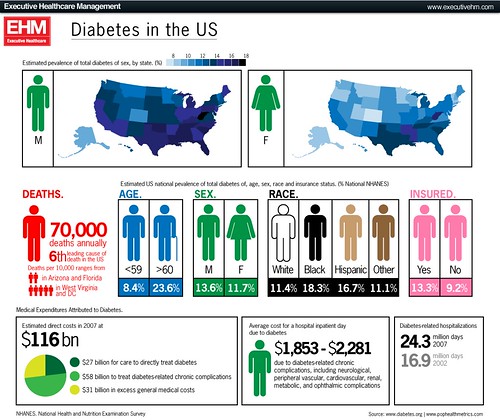Genome-wide association studies (GWAS) have improved our insight into the genetics of complex diseases but have fallen short of initial expectations, leaving the majority of the heritabililty to be explained. Interactions of genes with the environments and with each other receive a fair share of the blame for the lack of progress despite the widespread efforts. The large number of possible interactions, however, currently still limits progress in this field. A dedicated and growing group of computer scientists and geneticists now study gene-gene effects in the hope of shedding light on complex diseases. Initial results were hopeful, even in the field of epilepsy genetics.
Now, a group of Harvard based biostatisticians presented simulations for breast cancer, type 2 diabetes and rheumatoid arthritis that include gene-gene and gene-environment effects. Their interpretation reads bleak: little predictive power can be gained by including the additional dependencies, which means that all the CPU time consumed currently for their analysis is only warming the planet and the hearts of computer scientists.

The large number of cases diabetes and many other complex widespread diseases are not explained easily. And the Aschard study suggests that it will remain so for the immediate future despite the progress in sequencing technology.
Negative predictions from experts for their own domain usually receive a negative backlash. The study could probably be attacked on the grounds that the authors selected a large number of parameters, some from probably little more than thin air. But the geneticists on twitter remained silent. Is this acceptance already? Maybe the critics still lie exhausted from attacking Vogelstein’s negative predictions from a couples of months ago.
If the statistical model and parameter choices find widespread acceptance, it would mean that it is virtually impossible to explain many complex diseases from genetics alone to a sufficient degree. As individual studies of the interactions of two SNPs are difficult enough, many cases of complex diseases will remain unexplained. Despite all the efforts, it would be almost as dark as before we had high-throughput sequencing facilities.

